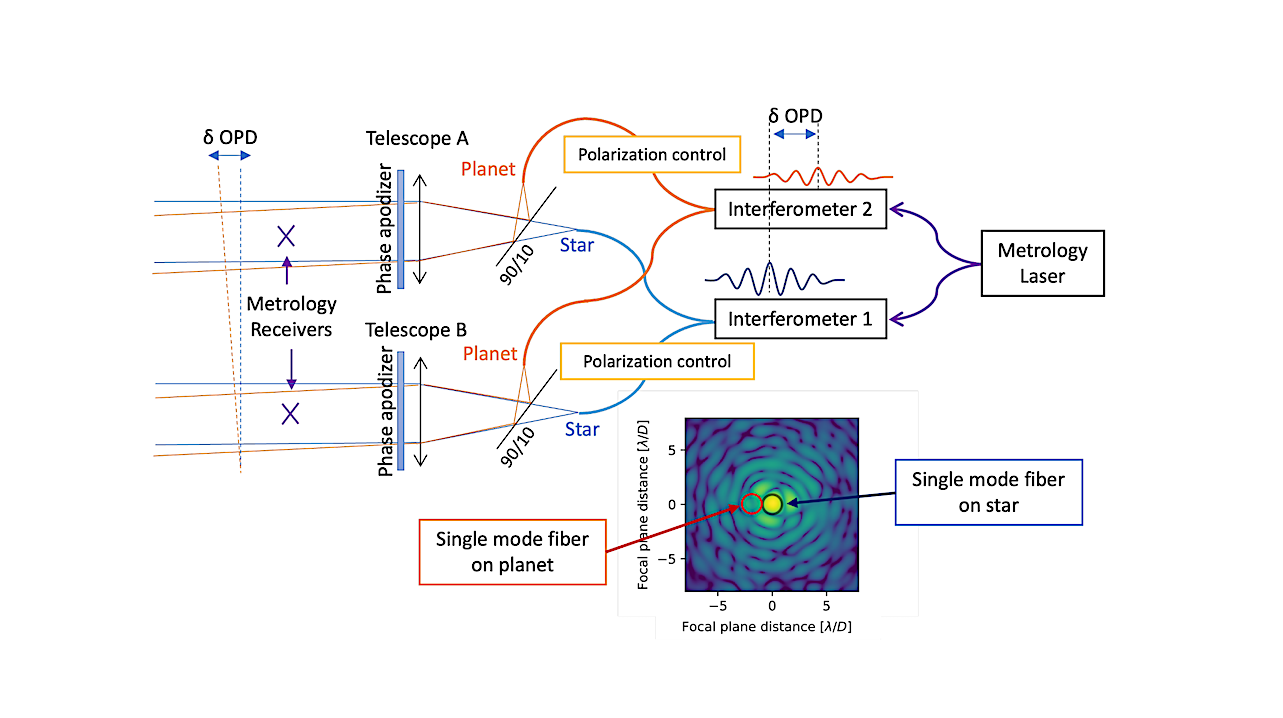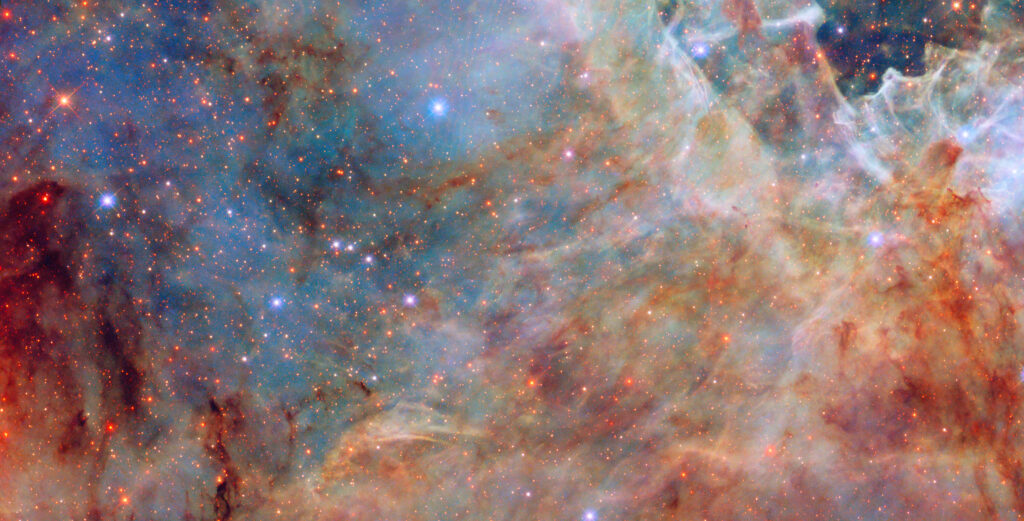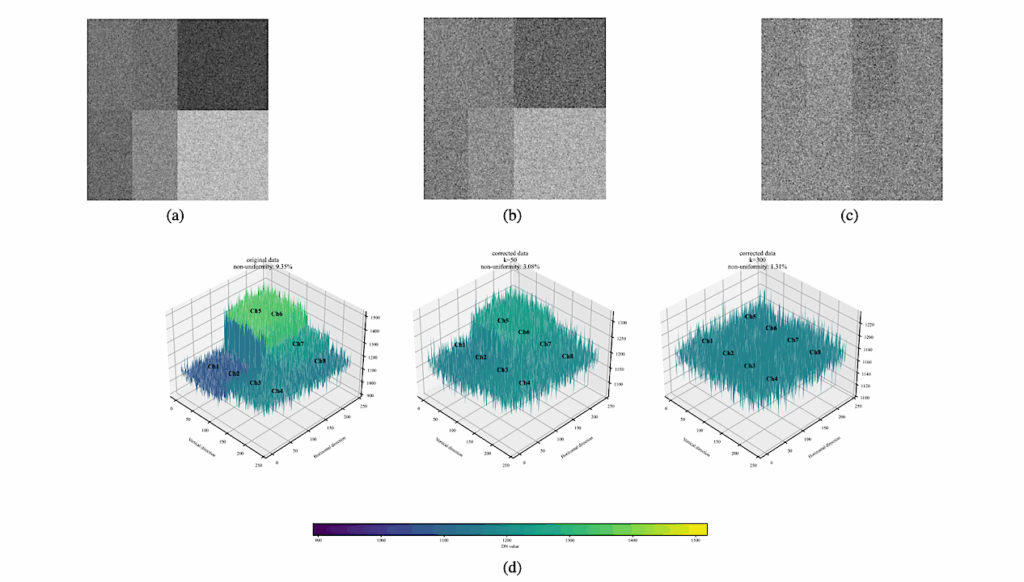Exoplanets In Reflected Starlight With Dual-field Interferometry: A Case For Shorter Wavelengths And A Fifth Unit Telescope At VLTI/Paranal

The direct observation of cold and temperate planets within 1 to 10 AU would be extremely valuable for uncovering their atmospheric compositions but remains a formidable challenge with current astronomical methods.
Ground-based optical interferometry, capable of high angular-resolution imaging, offers a promising avenue for studying these exoplanets, complementing space-based observations. Our objective is to explore the fundamental limits of dual-field interferometry and assess its potential for characterizing exoplanets in reflected light using the Very Large Telescope Interferometer (VLTI).
We developed analytical expressions to describe the performance of dual-field interferometry and integrated these with simulations of atmospheric wavefronts corrected by extreme Adaptive Optics. An analytical solution for optimal phase apodization was formulated to enhance starlight rejection when injected into a single-mode fibre.
This framework was applied to determine the detectability of known exoplanets in reflected light across various wavelength bands for both the current VLTI and a proposed extended version. Our results indicate that employing shorter wavelengths improves detectability, enabling at least seven Jupiter-mass exoplanets to be observed in the J band with current VLTI’s baselines.
Adding new baselines with lengths beyond 200 meters significantly enhances VLTI’s capabilities, increasing the number of detectable exoplanets and revealing potential habitable zone candidates such as τ Ceti e and Proxima Centauri b. To substantially improve the VLTI’s exoplanet characterization capabilities, we recommend developing instrumentation at wavelengths shorter than 1μm, as well as the addition of a fifth Unit Telescope (UT5).
Comments: To be discussed with the community. Please contact us if you wish to send feedback. Submitted to A&A. 15 pages plus appendix
S. Lacour, Ó. Carrión-González, M. Nowak
Subjects: Earth and Planetary Astrophysics (astro-ph.EP); Instrumentation and Methods for Astrophysics (astro-ph.IM)
Cite as: arXiv:2406.07030 [astro-ph.EP] (or arXiv:2406.07030v1 [astro-ph.EP] for this version)
Submission history
From: Sylvestre Lacour
[v1] Tue, 11 Jun 2024 07:37:33 UTC (11,878 KB)
https://arxiv.org/abs/2406.07030
Astrobiology








